2018 has been an eventful year for cryptocurrencies despite the bear market. Many blockchain projects have launched, relaunched, added staff, partnered with other companies (and projects), acquired other companies, made changes to align with regulations, and further developed their blockchain solution.
From these Q1 and Q2 2018 analyses of the crypto market, the rate of overall development in the industry is progressive, although quite slow. Regulations have admittedly slowed the pace of ICOs, but it is a good thing that the industry is getting regulated. This is because institutional funds cannot flow into the crypto industry until it is truly and fully regulated.
Partnerships form a vital part of the achievement of any blockchain project. This is because a solution that does not have a place of application is useless. Partnerships are formed by blockchain projects to seal a platform of application for the blockchain solution.
Partnerships made by blockchain entities vary by purpose. While the underlying goal is to create a use case for the solution, the specific purpose can vary from future applications to present experimental applications.
10 of the top partnerships made this year by blockchain and cryptocurrency entities are listed below. The list is in no particular order.
10 Best Cryptocurrency Partnerships in 2018
IBM and Stellar
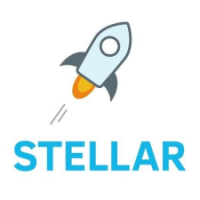 The relationship between IBM and Stellar dates as far back as October 2017. IBM considered partnering with Bitcoin, Ripple, and Stellar before ultimately deciding on Stellar. Stellar was chosen over the other candidates for its nonprofit status, transparency, and scalability.
The relationship between IBM and Stellar dates as far back as October 2017. IBM considered partnering with Bitcoin, Ripple, and Stellar before ultimately deciding on Stellar. Stellar was chosen over the other candidates for its nonprofit status, transparency, and scalability.
IBM runs a distributed ledger solution for institutions who outsource their technological integrations. While they implement Hyperledger for private networks, Stellar is their choice for public networks. IBM currently run 9 validators on the Stellar network.
IBM’s Universal Payment Solution currently uses Stellar Lumen (XLM) as a bridge asset for cross-border transaction. However, IBM is not limited to this and are open to additional assets being deployed on the platform. IBM is currently considering a stablecoin to edge through the volatility of the cryptomarket.
Recently, IBM released the Blockchain World Wire with the vision of making cross-border payments happen in seconds rather than days, using the Stellar protocol. Also, IBM revealed a partnership with Veridium Labs to tokenize Carbon credits on the Stellar blockchain.
Litecoin and TokenPay
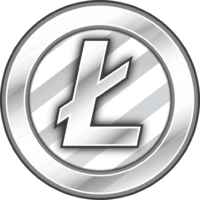
On July 10, 2018, decentralized payment platform TokenPay acquired 9.9% of WEG Bank in Germany, along with the option to purchase the remaining 90% (approximately), subject to the customary regulatory approval.
This 9.9% stake in the bank is already transferred to the benefit of the Litecoin Foundation.
Litecoin would aid TokenPay in the development of its own blockchain, ensuring its stability and future success. TokenPay would, in turn, integrate Litecoin into the WEG Bank and into their merchant services platform.
Binance and Malta Stock Exchange
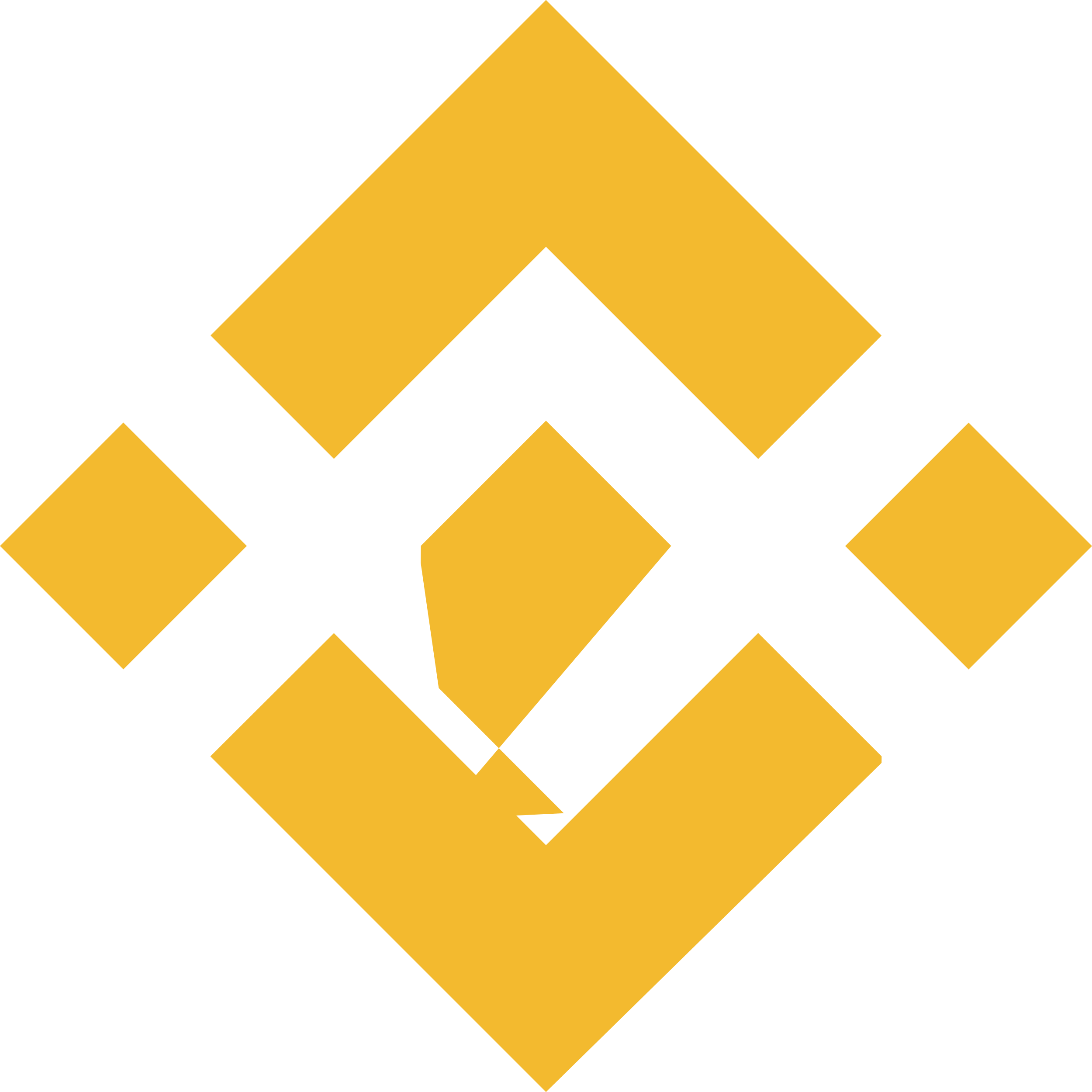
On September 11, 2018, Binance signed an MOU with Malta Stock Exchange (MSX) to launch a new security token digital exchange. This implies that Binance will probably launch the world’s first security token trading platform in Malta.
Malta is often referred to as the blockchain island because it is very pro-crypto and Binance has enjoyed a good relationship with the government, after moving its operations to the island earlier in the year.
Malta has committed its best legal minds to create an appropriate regulatory framework for the crypto industry. The MSX PLC is newly established by Malta to explore financial technology and digital assets for the benefit of the blockchain island.
AWS and Qtum
![]()
Qtum announced a partnership with the China division of Amazon Web Services (AWS) on October 17, 2018. This partnership is in the bid to develop Blockchain-as-a-Aervice solutions for enterprises and developers. Qtum will be providing a smart contract development platform on AWS.
Through Amazon Machine Image (AMI) that contains Qtum Core, Solidity, and Qmix web IDE, developers and users can create and launch smart contracts efficiently.
Miguel Palencia, CIO of the Qtum Foundation, stated:
“Qtum’s launch on the AWS marketplace provides an easy-to-use and powerful cloud-based solution for end users and enterprise. Anyone who wants to develop and build dapps on the Qtum platform or use it as a staking node will benefit from this.”
Dow Jones Media Group and Brave Browser
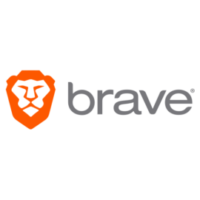
The Brave browser and its cryptocurrency BAT has been making a lot of strides in 2018. In December 2017, the browser recorded about 1 million active users. Meanwhile, 2018 is not over yet, and the platform has over 4 million active users and more than 10 million downloads.
In April 2018, the Dow Jones Media Group announced a partnership with Brave to bring premium content to users and test the blockchain payment technology. The available publications include Barrons.com (full access) and MarketWatch (premium access). Both publications are verified publishers on the BAT platform, according to the partnership agreement.
ICON and Line
![]()
ICON is a blockchain project that focuses on the interoperability of blockchains. Line is a social media platform with over 200 million monthly active users.
On May 15, 2018, ICON made an announcement that they will be collaborating with Line to develop their own blockchain network. This joint venture is known as Unchain. Unchain will be the developer organization of the blockchain ecosystem for Line.
The joint venture between Line and Icon is expected to connect more dapps and users to the Icon network, as Icon will look to leverage on the over 200 million users of Line.
Wanchain and MakerDAO
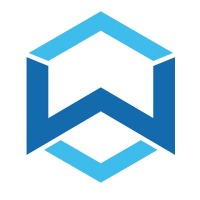
Wanchain is a blockchain project that focuses on the interoperability (or interaction and communication) of blockchains.
MakerDAO is a project that produces a stablecoin known as Dai, soft-pegged to the USD on a 1:1 ratio. Instead of having a dollar equivalent of all Dai in a bank account as Tether does, MakerDAO uses a system of collateralized debt, held only in Ethereum, to maintain the value of the Dai to 1 USD.
On October 11, 2018, Wanchain announced the Dai as the first ever cross-chain ERC-20 token. Thanks to its cross-functionality, Dai can be exchanged for Bitcoin in a decentralized way. On the other hand, this makes it a possible potential for Bitcoin to be added to Dai’s collateralized debt position alongside Ether.
This 2-way relationship between Wanchain and MakerDAO is expected to add great value to both platforms and their respective coins.
Coinbase and Circle
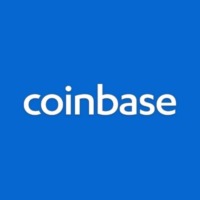
By now, you would’ve heard that Coinbase has listed a new stablecoin on its platform known as USDC. USDC is a product of the partnership between Coinbase, the renowned cryptocurrency wallet and exchange, and Circle, the Goldman Sachs-backed tech company.
The partnership created the Centre consortium, which is the initiative that brought about USDC. This partnership is expected to continue producing more stablecoins of fiat currencies, connecting everyone to financial services.
Centre plans to produce stablecoins for British Pounds, Japanese Yen, and the Euro. They are each expected to be listed on Coinbase when available.
Binance and Tron
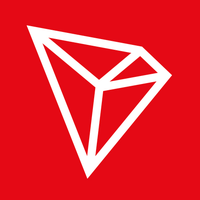
Binance is arguably the largest crypto exchange in the world, and the platform has been vigorously expanding in 2018.
On October 4, 2018, Binance announced the Binance Blockchain Charity Foundation and their charge to facilitate Sustainable Development Goals, supporting the UNDP. The Blockchain Charity Foundation was created by Binance to explore the use of blockchain technology for social good.
Tron jumped on the same wagon with a donation and a commitment to the development of the nonprofit sector along with Binance.
The partnership was shared in a tweet by TRON:
TRON is proud to join @binance in discussing the implementation of blockchain innovation to the non-profit sector at the #WIF2018. Leaders @cz_binance and @justinsuntron are paving the way to utilize tech for social good. @UNDP #TRX https://t.co/7mqVvS7Tsf pic.twitter.com/9gDzufkVRx
— TRON Foundation (@Tronfoundation) October 24, 2018
Blockchain.com and Ledger
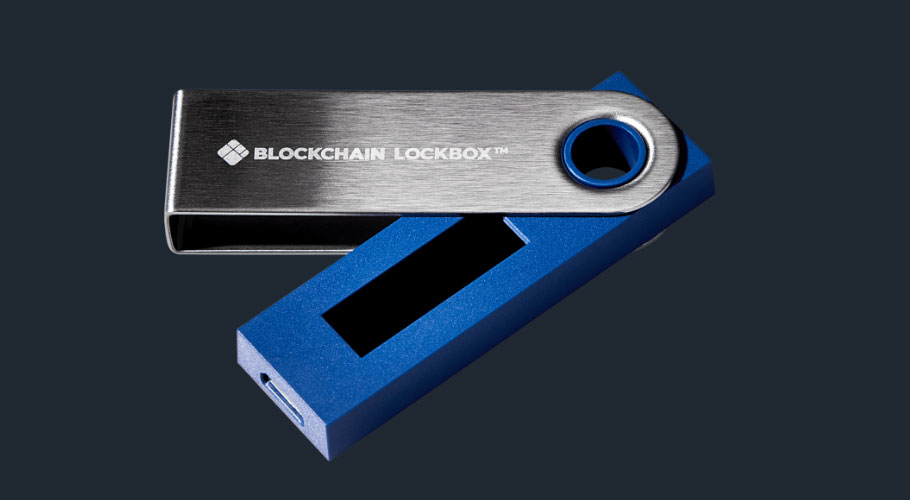
Finally, Blockchain.com, one of the earliest web wallet providers for cryptocurrency, partnered with Ledger to produce a new hardware wallet called the Lockbox.
This device is compatible with the Blockchain.com wallet. It is expected to give Blockchain.com users the flexibility of keeping (at least) a portion of their funds in a cold wallet while keeping the option of the web wallet for ease of accessibility.
Lockbox is compatible with Windows 7 or higher, MacOS version 10.9 or higher, Linux, and Chrome OS. Lockbox is not compatible with other Ledger products, as it runs on the custom Blockchain.com firmware.
The device is valued at $99.99 and is expected to start shipping in mid-November.
Final Thoughts
These are just a handful of the top partnerships that have taken place in the crypto world in 2018. The majority of these partnerships are experimental and futuristic, as many of the organizations outside the blockchain world are still awaiting validation of the blockchain industry.
While some partnerships directly affect the token price of the crypto project, others are just a proof of progress. But in every case, these partnerships serve as a way to measure the effort of the blockchain project towards distinguishing their solution from others in the marketplace.
Are there any other partnerships inked in 2018 that could have massive impact on the industry? Let us know in the comments!
Download the Brave Browser.

